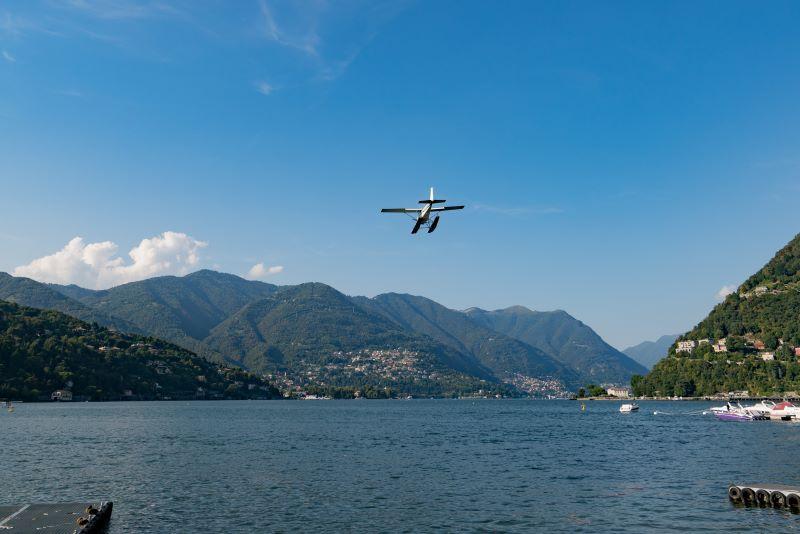
A new analysis of seaplane accidents found the leading cause as the pilots’ failure to control their aircraft, according to National Transportation Safety Board findings.
Of the 146 accidents that took place from 2008-2022, failure to control the aircraft, improper airspeed, and pilot decision-making accounted for two-thirds of all accidents, the report by the Aircraft Owners and Pilots Association (AOPA) finds.
The AOPA identified two major conditions in which accidents occur—Abnormal Runway Contact (ARC) and Loss of Control in Flight (LOC-I).
“Seaplanes are highly capable and uniquely suited for a wide variety of operations, but seaplane flying carries additional risk—due to the environment in which they operate—when not flown safely by proficient seaplane pilots,” says Robert Geske, AOPA Air Safety Institute manager of aviation safety analysis. “During the report period, we saw 406 seaplane accidents with 77 ending in fatalities. For reference, general aviation accidents during the same period averaged 1,200 to 1,500 with 200 ending in a fatality.”
ARC accidents, 90% of which occur during landing, could be reduced by the wider use of gear warning systems, according to the AOPA. LOC-I accidents, while more fatal, could be reduced by targeting low-speed awareness, distraction prevention, and positive aircraft control.
“Most ARC accidents—the number one accident cause—were gear-down water landing(s),” the AOPA reports.
Moving forward, the AOPA Air Safety Institute makes the following recommendations:
- Encourage seaplane pilot participation in the FAA activity survey;
- Encourage seaplane-specific training at seasonal intervals, using the ASI Focused Flight Review program’s seaplane profile;
- Accentuate the importance of seasonal proficiency and “rusty” starts to a new season;
- Improve stick and rudder skills, with emphasis on seaplane-specific configurations, such as maneuverability on floats versus wheels and low-speed control;
- Install angle of attack indicators;
- Broaden installation of gear warning/alerting systems designed for land and water operations;
- Encourage all seaplane pilots to participate in the Seaplane Pilot’s Association’s online training programs;
- Conduct seaplane-specific decision-making training with a focus on wind and water conditions along with stabilized approaches.
For more AOPA reports and recommendations, go to aopa.org/training-and-safety.
